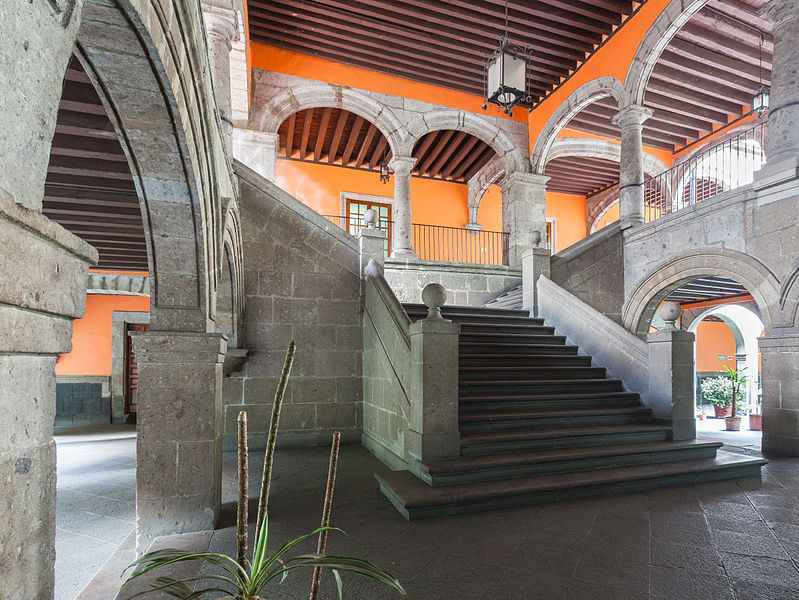
Easily the oldest hospital in the Americas, the Church Hospital de Jesus Nazareno was founded in 1524 by Hernán Cortés. It’s popularly called the Hospital de Jesus.
Legend has it that the site was selected as it marks the spot where Hernán Cortés and Moctezuma II met for the first time in 1519. At that time, it was the head of the calzada (causeway) leading to Iztapalapa. The place was then known as Huitzillan, meaning “next to the hummingbird,” and a nearby temple was dedicated to Huitzilopochtli, i.e.; the left-handed hummingbird.
In Operation since 1524?
Fray Bartolome de Olmedo was the first director, and it has been in operation, as a hospital, since 1524, although there are said to have been two other hospitals operating at the same time. As it was created by Cortés as a secular institution, it was actually spared the fate of many other ecclesiastical institutions which disappeared during the passage of the laws of Reformation in the 19th century.
Originally known as the “Hospital de la Purísima Concepción,” by the beginning of the colonial era, it was popularly known as the Hospital del Marqués. The name “Hospital de Jesús” resulted when the institution won a raffle among hospitals, a supposedly miraculous image of the crucified Christ. Donated by one Juan Manuel de Solórzano, in legend, the work is attributed to an indigenous woman, Petronila Jerónima, who completed the sculpture in 1663. The hospital was renamed in honor the sculpture when it was finally dedicated in 1665, and we generally translate it to something like the “Church Hospital de Jesus Nazareno.” Most people will call it the “Hospital de Jesus.”
Every Architect in the Book
As it was under nearly continual construction and re-construction, the building is said to have benefited from the participation of just about every architect in the history of New Spain. Designed by one Carlos Olivas, Cortés left enough farmland in his will to provide for the institution in perpetuity. The colonial government hired Alonso Pérez de Castañeda to finish it, but six years later he had not. Claudio de Arciniega, Diego de Aguilera, Sebastián Zamorano, Pedro de Arrieta, Miguel Custodio Durán and Francisco Antonio Guerrero y Torres, all worked on the project.
Here’s some more on the site:
 info@hospitaldejesus.com.mx
info@hospitaldejesus.com.mx
 55 5542 7908
55 5542 7908
 http://www.hospitaldejesus.com.mx/
http://www.hospitaldejesus.com.mx/
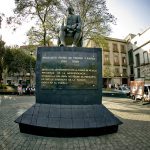
0.04 kms.
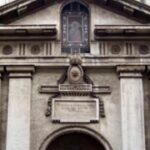
0.22 kms.
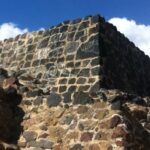
One of the oldest and most significant archaeological zones in Mexico City.
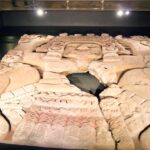
One of the most important sites in the city, even today, don't miss the chance to visit the Templo Mayor.

The Plaza de las Tres Culturas is one of the most touching and informative places to stand in the modern city, past, present, and future.
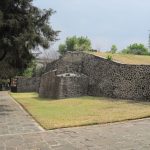
One of the city's newest archaeological sites, it's one of the oldest and deepest of shrines in the Valley.
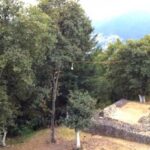
One of the oldest archaeological sites in the Valley, Mazatepetl is of Otomi origin, and fascinating to gnaw on.